BACK TO HOME
WHO AM I?
My name is Sterre Baaima and I'm a second year Illustration student. I'm 22 years old and I live in Vlaardingen, a city next to Rotterdam.
I have to admit that this current situation with the coronavirus is quite difficult to me. My father has diabetes, so it's a bit tricky for him. Therefor I'm not seeing my friends right now. I miss them very much, but I'm lucky to have 2 lovely parents and a lovely boyfriend to keep me company. And let's not forget my cute dog!
10/04/2020
One of the highlights of my day during this quarantine is going for a walk with my dog. She has a hernia, so sometimes she has to go in a doggy car.
My boyfriend often joins me, jeej!
I've bingewatched the serie Unorthodox on Netflix. You should watch it.

Exercise 2.
The act of reading.
From Space, place and gender by Doreen Massey.
So, at this point in the argument, get back in your mind's eye on asatellite; go right out again and look
back at the globe. This time, however,imagine not just all the physical movement, nor even all the often
invisiblecommunications, but also and especially all the social relations, all thelinks between people. Fill
it in with all those different experiences oftime-space compression. For what is happening is that the
geography ofsocial relations is changing. In many cases such relations are increasinglystretched out over
space. Economic, political and cultural social relations,each full of power and with internal structures of
domination and subordi-nation, stretched out over the planet at every different level, from thehousehold
to the local area to the international. It is from that perspective that it is possible to envisage an
alternativeinterpretation of place. In this interpretation, what gives a place itsspecificity is not some long
internalized history but the fact that it isconstructed out of a particular constellation of social relations,meeting
and weaving together at a particular locus. If one moves in from thesatellite towards the globe, holding all those
networks of social relationsand movements and communications in one's head, then each 'place' canbe seen as a
particular, unique, point of their intersection.
It is, indeed, ameeting place. Instead then, of thinking of places as areas with boundariesaround, they can be imagined
as articulated moments in networks of socialrelations and understandings, but where a large proportion of thoserelations,
experiences and understandings are constructed on a far largerscale than what we happen to define for that moment as
the place itself,whether that be a street, or a region or even a continent.
And this in turn allows a sense of place which is extroverted, which includes a conscious-ness of its links with the wider world,
which integrates in a positive waythe global and the local.



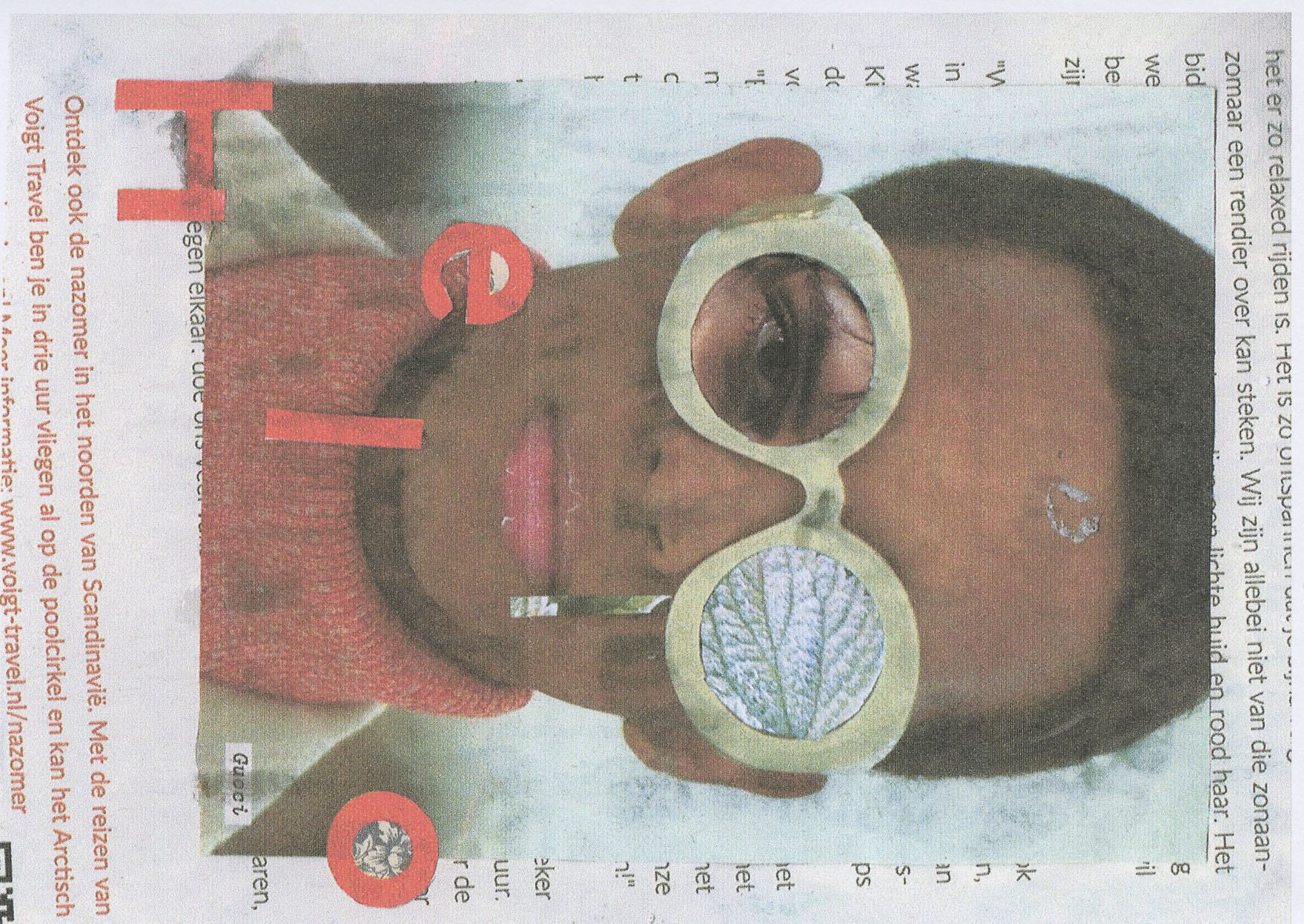
Exercise 3.
Tuning in.
My 2 sisters were on a trip to New Zealand, Indonesia and Vietnam. But because of the current situation they came back to the Netherlands earlier.
I already talked to them on the phone, but I thought it would be fun to use this 'tuning in' excersie to talk to one of my sisters a bit more. Merel (which is her name) and I decided to send each other postcards. We made the postcards ourselves. The front of each postcard has to do with what we say on the back of the postcard.
If you click on this image you can see all the postcards we've send eachother.

Exercise 5.1
If you look at public actions we immediately thought about demonstrations in general. For example we thought about the demonstrations people held in the 1980s about AIDS and HIV. These actions were often big, sometimes aggressive and attracted a lot of attention from people. In the 1980s people didn’t really talked about or did something against the effects of AIDS and HIV. So people held demonstrations to get more attention for this topic.
Demonstrations in general are often used to change something which is seen as ‘normal’. Think about the demonstrations against climate change or the demonstrations from last year where teachers wanted to get a better collective employment agreement.
The specific aspects of these creations are basically to be heard or seen.
When you look at ‘unseen’ or ‘underground’ actions we thought about interventions for addicts.
In the interventions people with an addiction are often anonymous and go there in secret. They get help from a professional, but they also learn from the experiences from other people with the same addiction.
A pro of this ‘unseen’ action is that the people don’t have to come public with their addiction. They can go in to rehab without the whole world knowing, which can help them to gain courage to do so. And because they are with people who have had the same experiences they can share their stories, without feeling different then anybody else.
A con of this ‘unseen’ action is that people are taken from their self-created world and when they recover from their addiction they have to return to the environment where they came from. This is often the same environment where they got the addiction in the first place.
The actions which are used for the interventions for addicts are self-care, personal development and staying healthy.
Another example of something which would gain from being ‘unseen’ or ‘secret’ is a police arrest team.
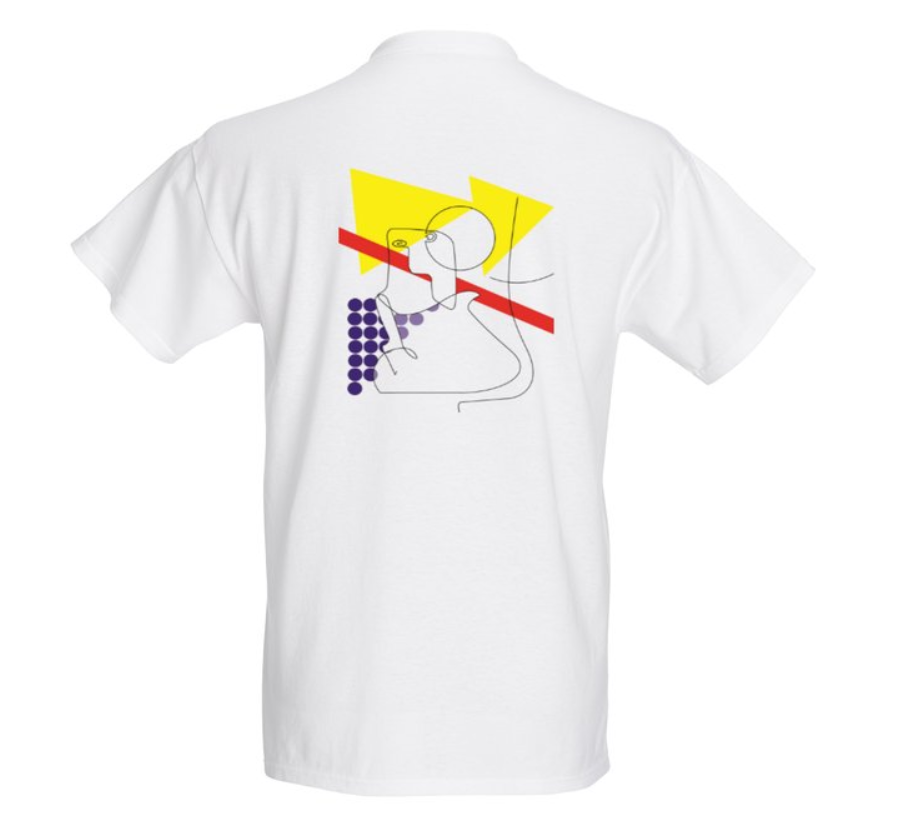

I also have sold some t-shirts
with my art on
it!
Exercise 4.3
Bridging the Distance.
I was inspired by the term circulation in general and by my own interpretation of
exercise 3.
I created a few post cards where I showed the idea of creating a collective, creative forget-me-not (vergeet-me-nietje). I asked people to draw or write something on the front of the post card and to send it again to someone they thought about.
Here you can see how the cards have turned out:

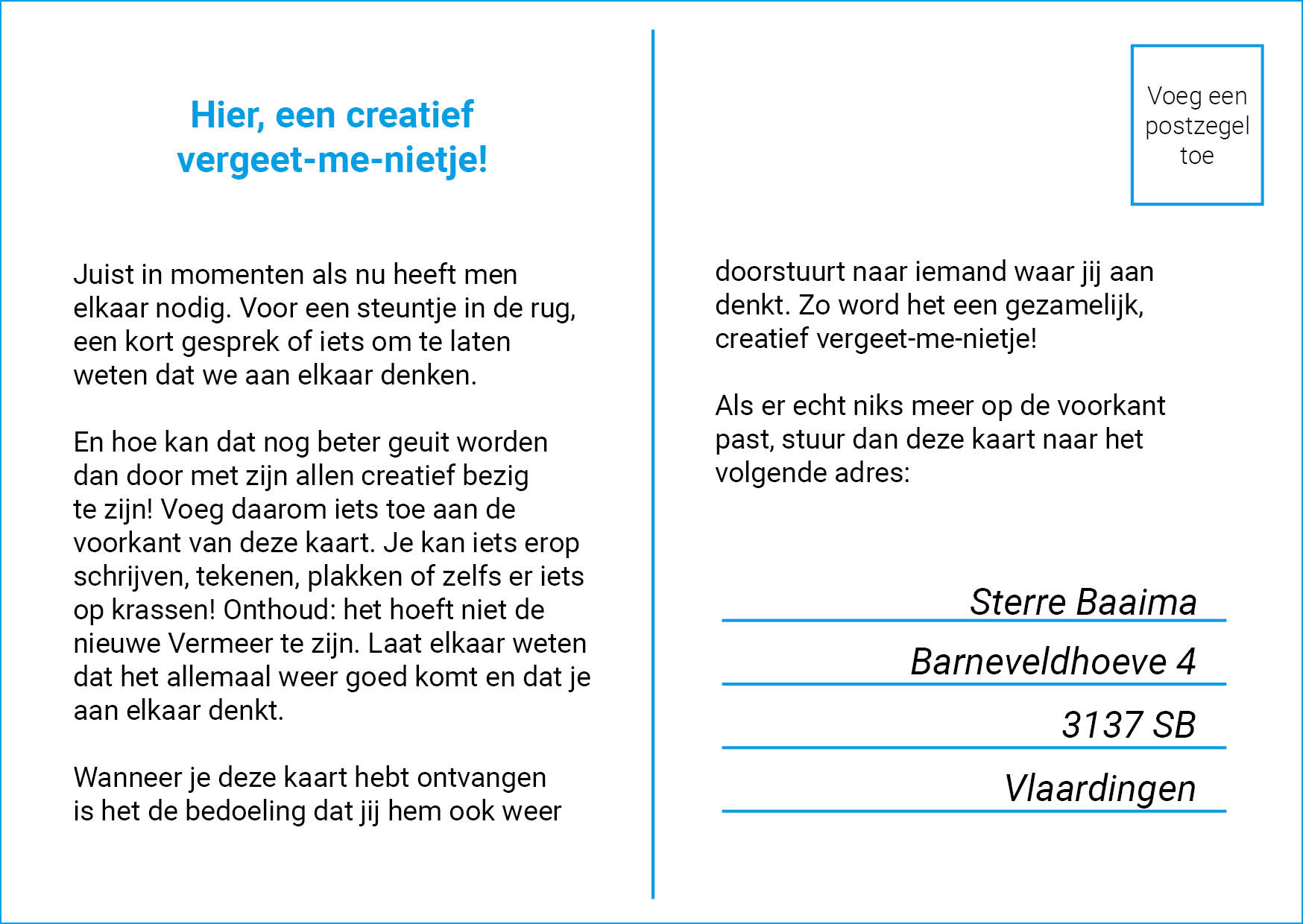
Exercise 5.2
The possibilities for communication from home are, of course, through internet. Through the window with posters, or "window communication", with posts its. Letters or cards through the mailbox or through the small neighborhood libraries. Organizing indoor activities for your neighborhood through the window or balconies.
Because we are only allowed to go outside for necessary activities I only go outside for the groceries. I take my garbage away. The chances of communication I see here is on the way to the supermarket. We can use the empty shelves in the supermarket or communicate through the glass container. At traffic lights people have to wait anyway, so it's easier to get attention. This also applies to zebra crossings or street corners.
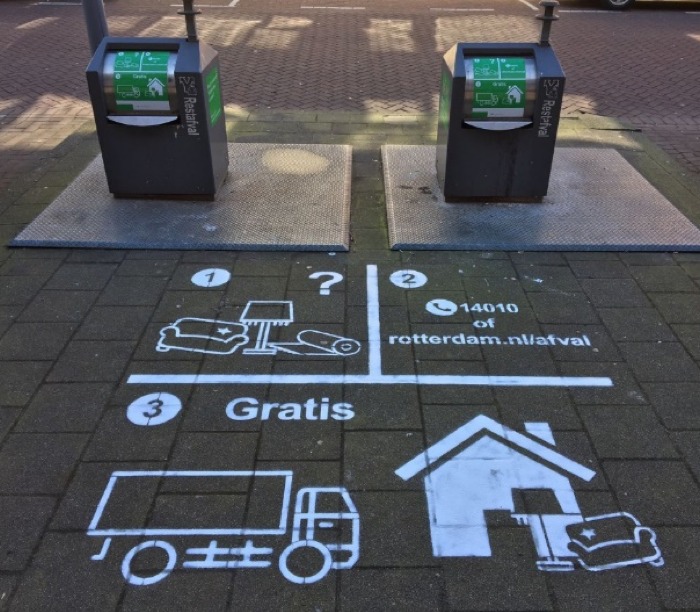

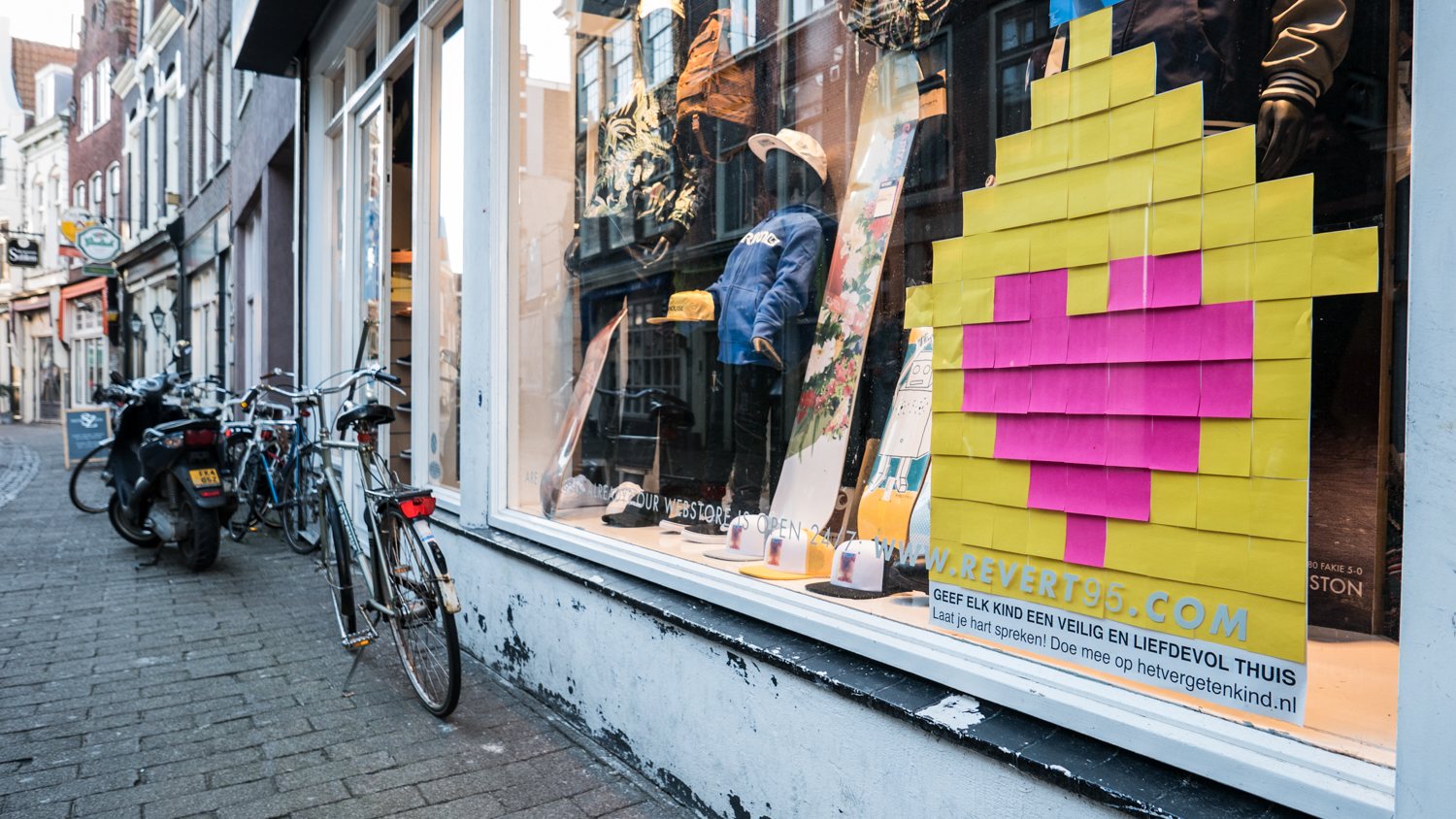

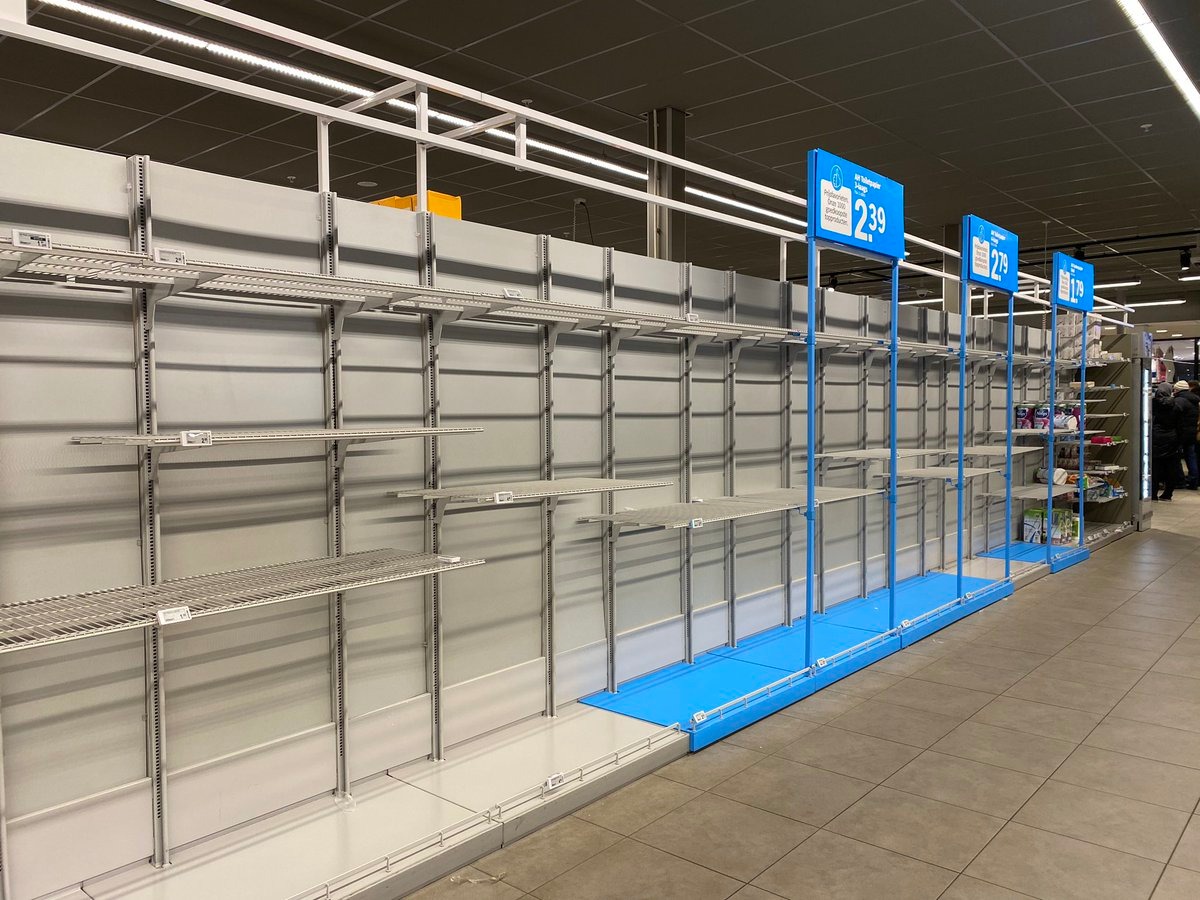






Exercise 5.4
We created a performance where we wanted to know what people are doing these days. We made a sign from a cardboard and hung it up in a busy street. On this sign we wrote the question: What keeps you busy these days?
We didn't want to use social media.
We thought that people would react on it, but we figured out that it were mostly children who reacted on the sign. Adults looked at it, stood still and then walked away again.
This outcome gave us a inspiration for exercise 6.
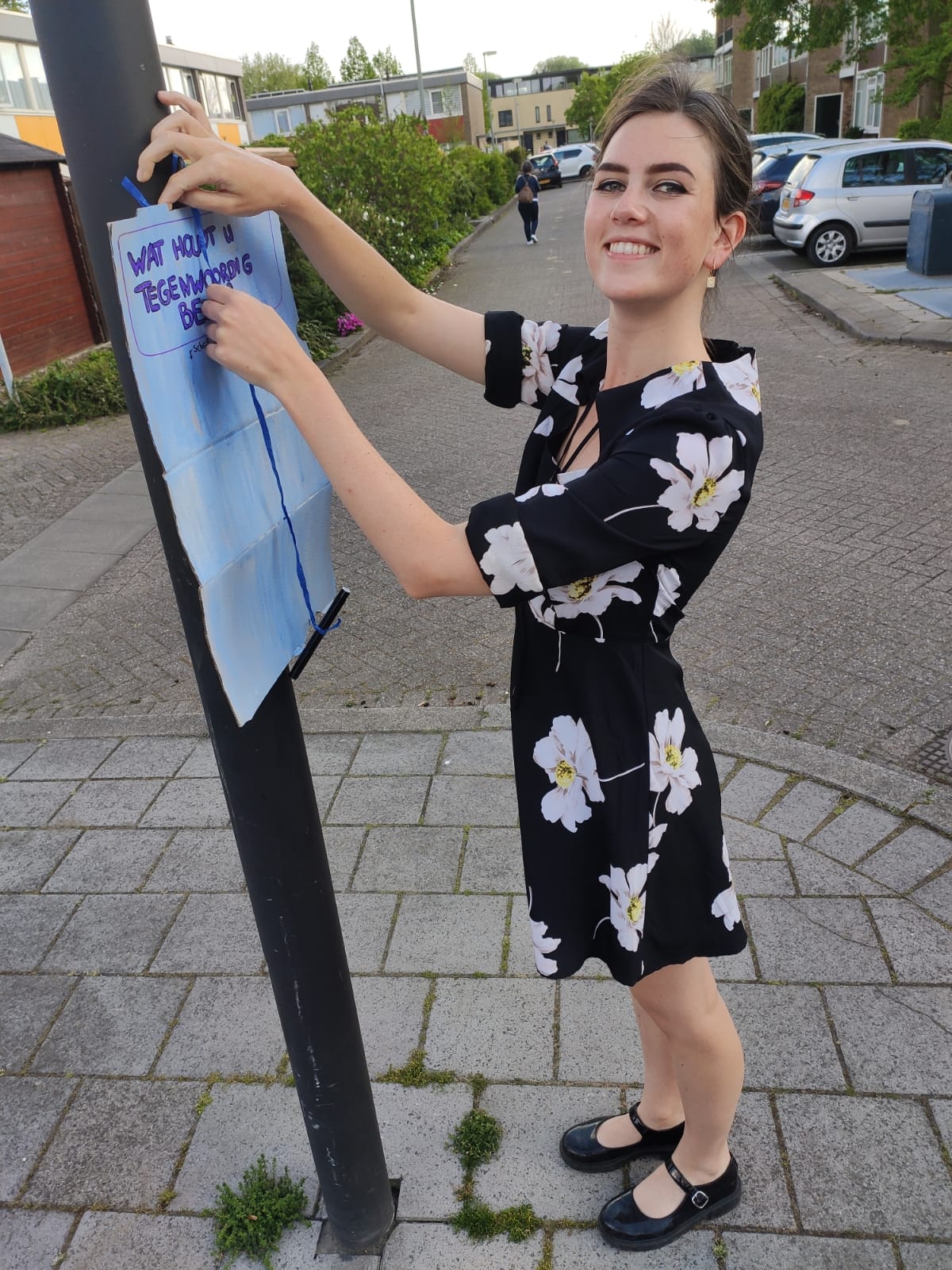
Exercise 5.5
Making a code language for the people of Rotterdam.
Making the feelings of the people of Rotterdam visual.
The coloring pages where every color has a code and so you could color your drawing.
Instead of codes, we want to link feelings to a box.
For example, color a box yellow if you feel happy. Color a box purple if you feel anxious. We want to put these posters through the city to visualize the feelings of the people of Rotterdam.
In this way, the feelings of our fellow city dwellers get a voice.
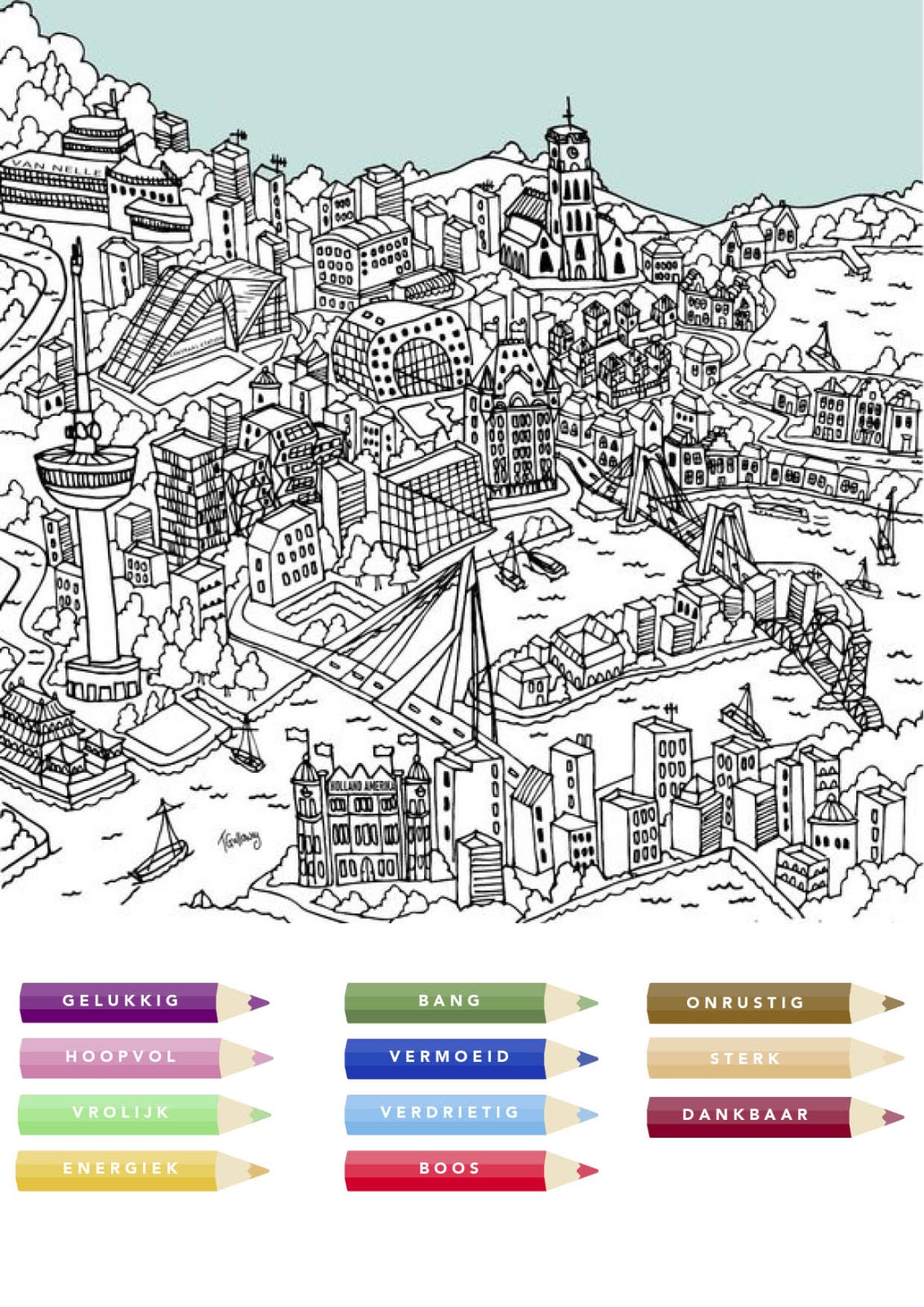

Exersice 6
We wanted to continue the idea of exersice 5 and combine it with the knowledge we got from our experiments.
Instead of asking the question 'What keeps you busy these days?' we wanted to know how people felt these days.
So we created a 'simple' and kind of 'childish' coloring page. Because most of the answers of exersice 5.4 were from children. So we thought it would be a nice idea if the coloring page would look appealing to the children.
The reason why we kept the faces on the coloring page so simple was because we didn't want people to color the faces in because they looked nice or interesting, but because the people wanted to let everybody know how they felt.
We printed the coloring pages on A3 and hung them on different places in the city.
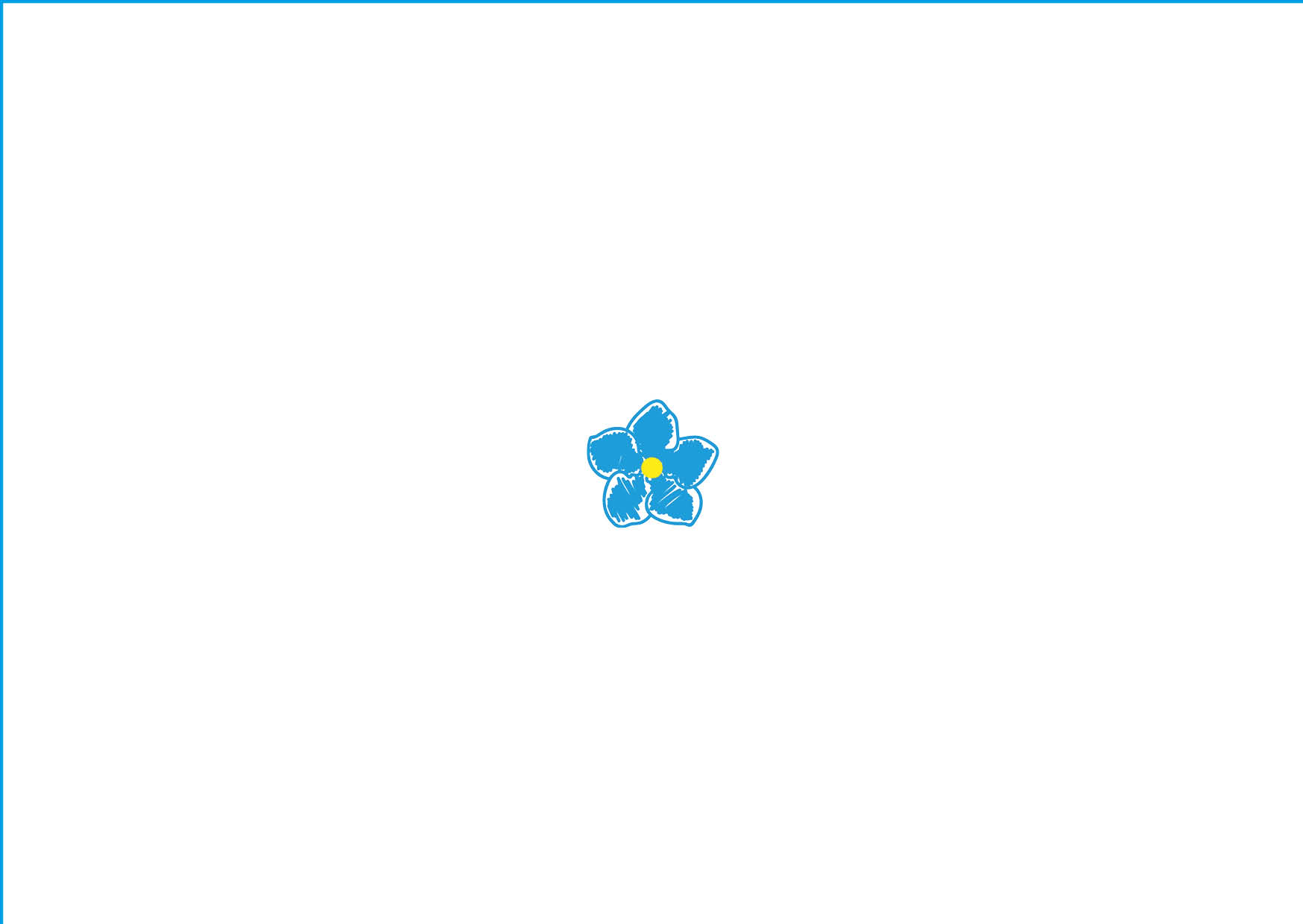
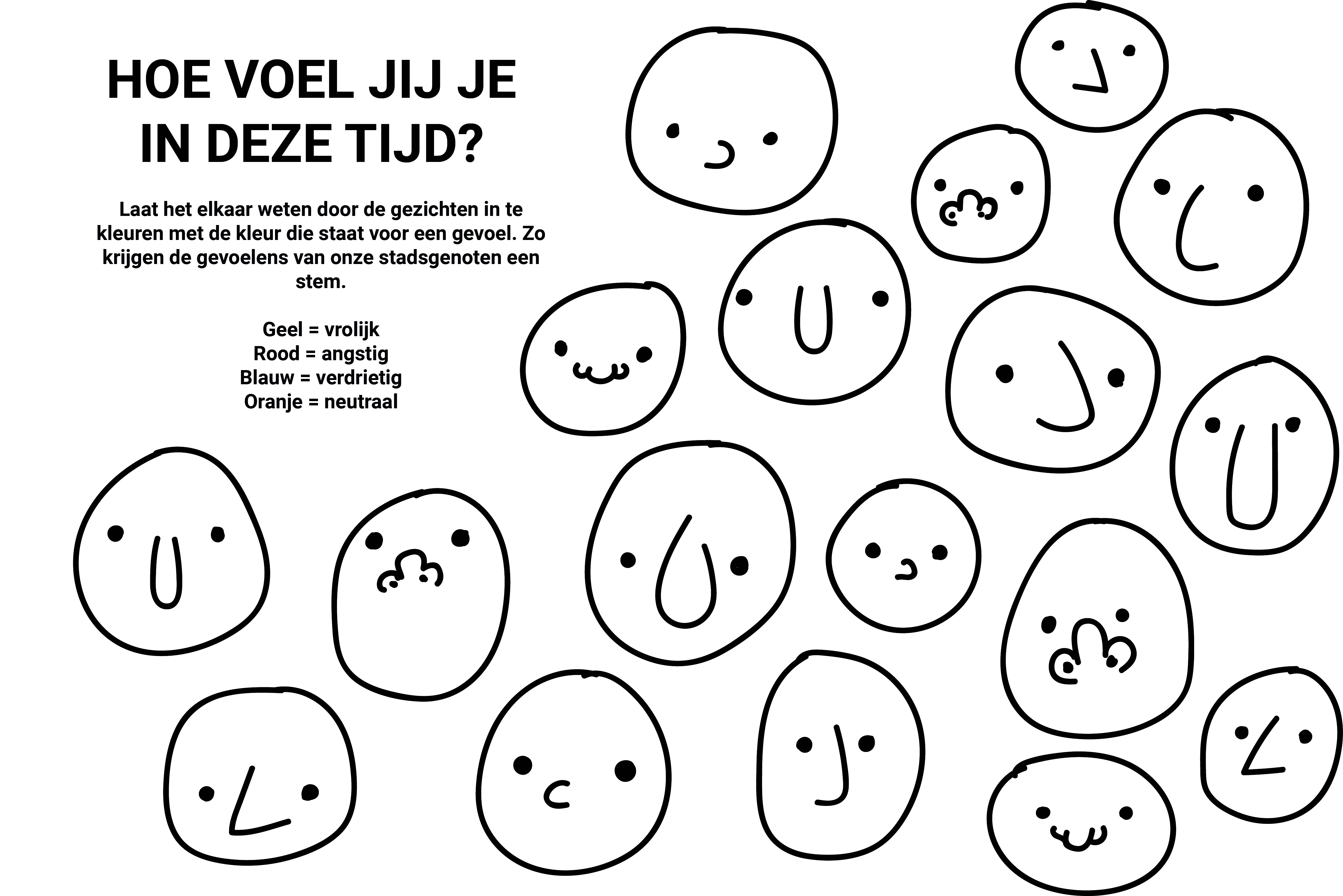





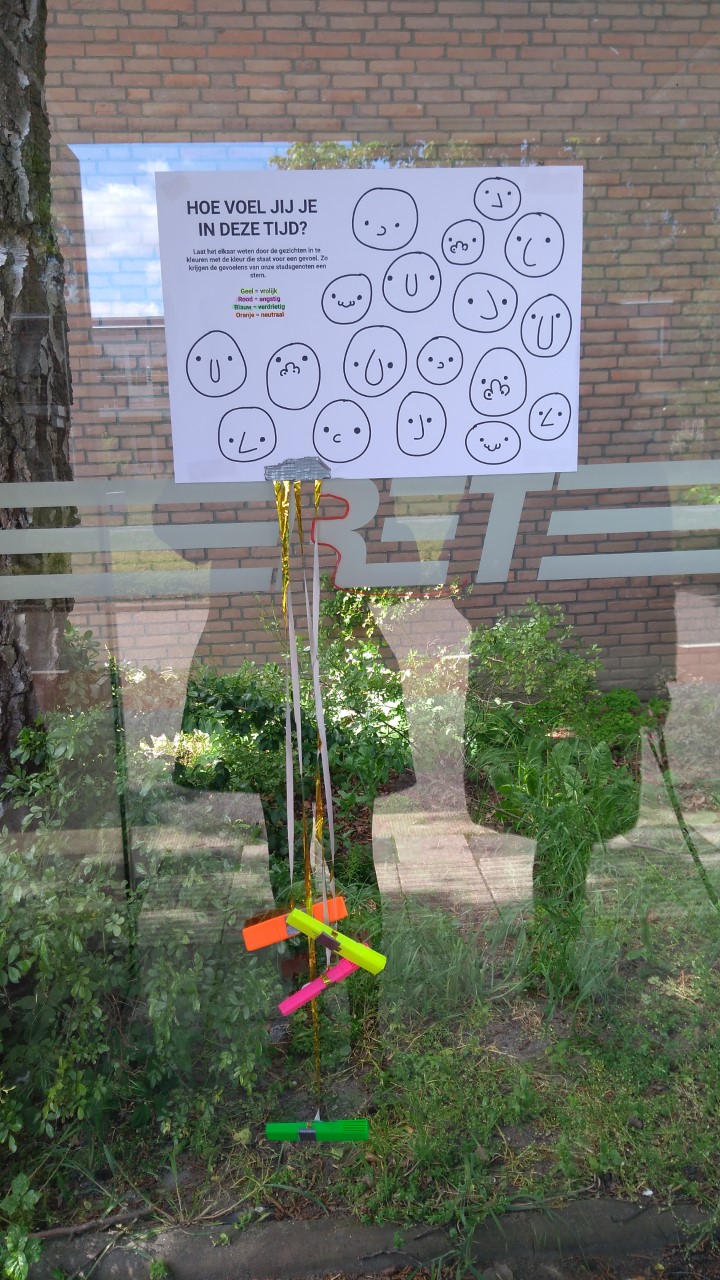
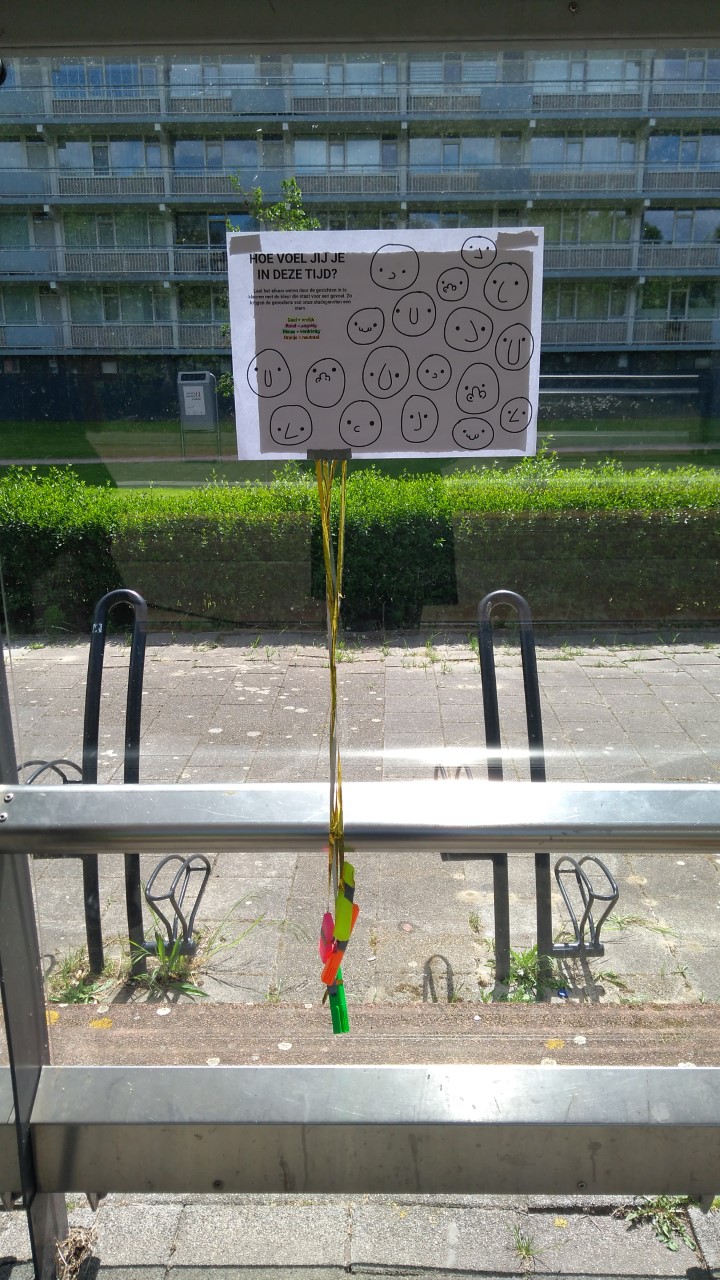
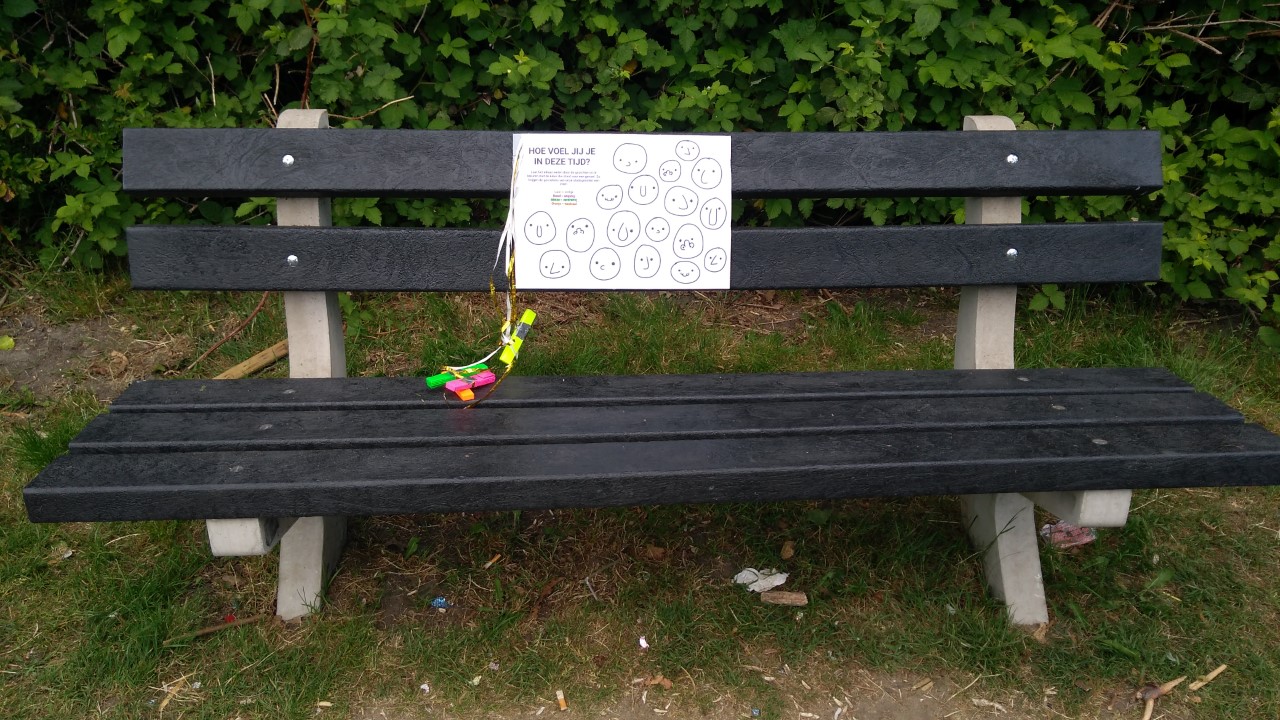





We got a few responses, but 2 of the posters (the one on the the bench at the playground and the one at the busstop) have been removed. So we believe that the reason for this is that people find it so difficult to talk about their feelings that they grabbed the posters and stole them. Because the other reason why people would do that is because they are mean.
We liked the first reason more.
Sadly none of the cards have returned on time. But I've received a few text messages where people said that they got the card and that they really liked the idea! So I think I will receive the cards later!
To finish this project we created 2 posters with the results we got of the posters on the streets.